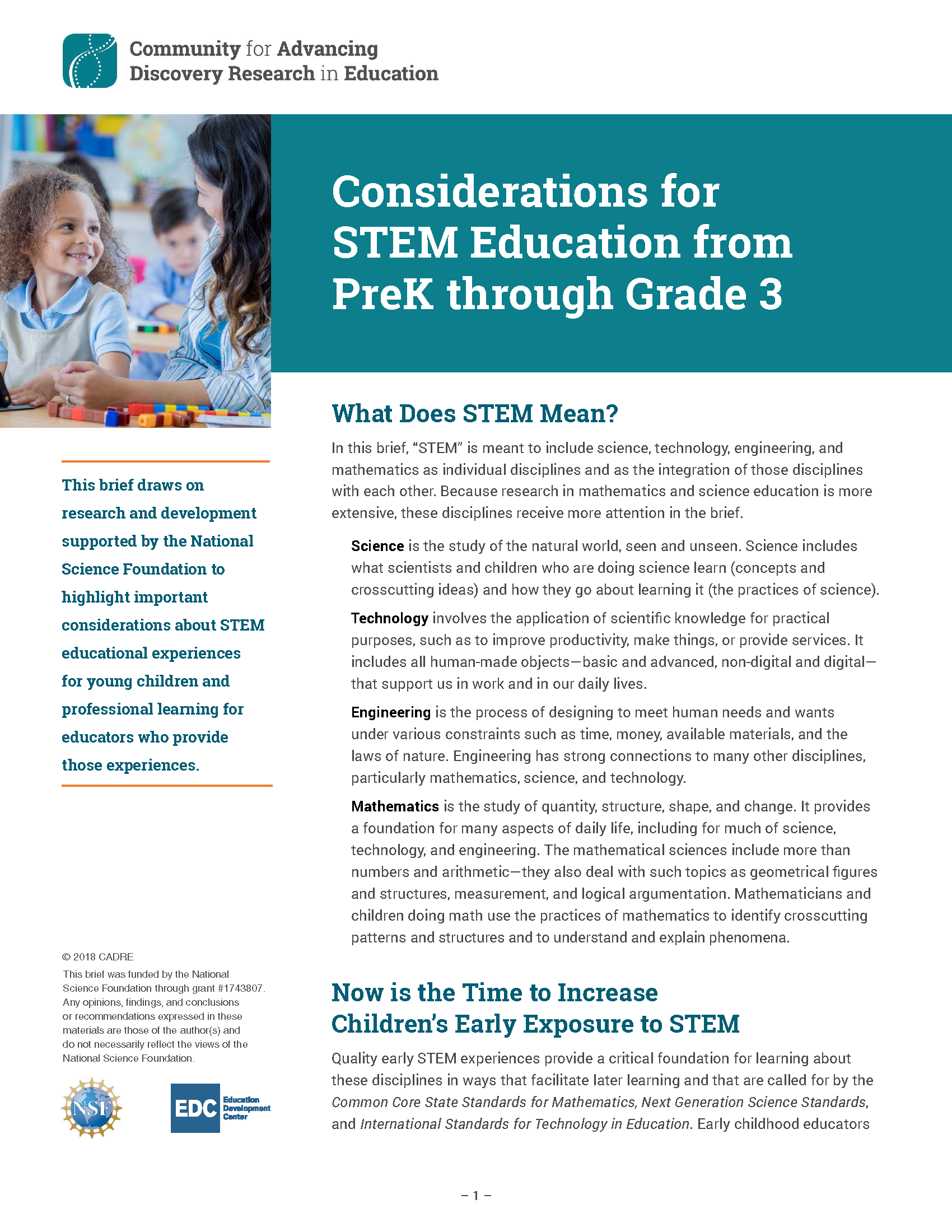#BlackGirlMagic: The identity conceptualizationof Black women in undergraduate STEM education
Much of the research in science education that explores the influence of a racial and gendered identity on science, technology, engineering, and mathematics (STEM) engagement for Black women situate their identities primarily as responses to the oppression and struggles they face in STEM. In this study, we use Phenomenological Variant Ecological Systems Theory as a strengths‐based approach to investigate 10 undergraduate Black women’s perceptions of race and gender on their STEM identity development and engagement.
In this study, authors use Phenomenological Variant Ecological Systems Theory as a strengths‐based approach to investigate 10 undergraduate Black women’s perceptions of race and gender on their STEM identity development and engagement.
